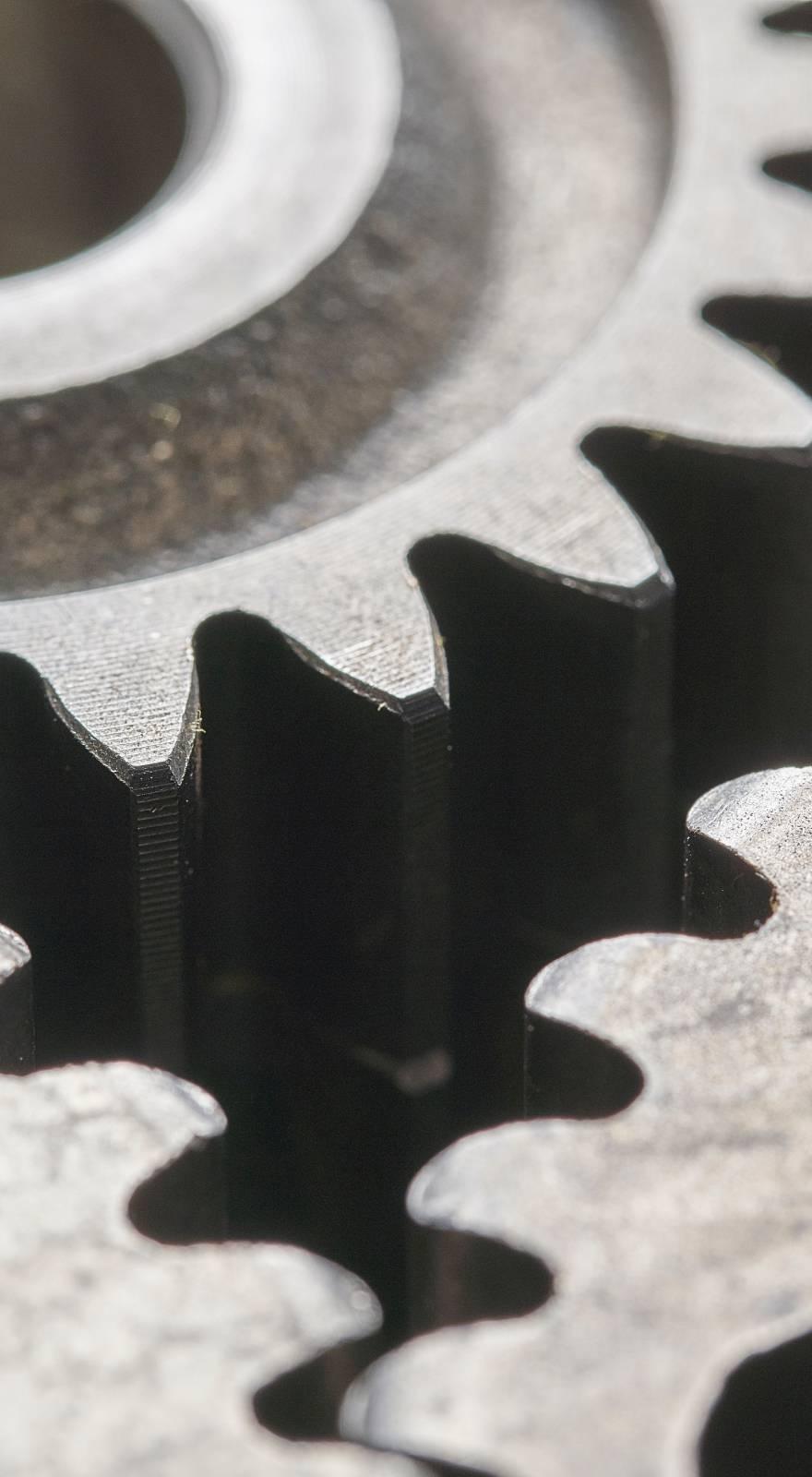Knowde Enhanced TDS
Identification & Functionality
- Chemical Family
- Polymer Name
- Technologies
- Product Families
Features & Benefits
- Materials Features
- Product Highlights
It is dimensionally stable and resists a broad range of chemical agents, it is self extinguishing with minimal fume emission making it a good electrical insulator. Unlike PTFE and other thermoplastics, it has good resistance to mechanical deformation. It does not absorb water and is completely non toxic so it can be used in food contact applications.
It is machined as easily as a polyamide and can be welded effortlessly using the most common methods (hot air, welding strip, ultrasound, vibration, welder).- Main Characteristics
- Dimensionally stable and resistant to many chemical agents
- Self extinguishing and a good electrical insulator
- Easily welded
- Great chemical resistance
- Very good weldable and electrical insulation
- Inherent flame retardant
- Good slide and wear resistance
- Non toxic
Applications & Uses
- Applications
- Composites End Use
- Plastics & Elastomers End Uses
- Industry Applications
- Conveyor technology
- Electrical engineering
- Chemical plant industry
- Food engineering
- Solar panels construction
Properties
- Flame Rating
- Mechanical Properties
- Thermal Properties
- Typical Properties
- Electrical Properties
- Miscellaneous Properties
| Value | Units | Test Method / Conditions | |
| Modulus of Elasticity (1 mm/min) | 2200.0 | MPa | DIN EN ISO 527-2 |
| Tensile strength (50 mm/min) | 62.0 | MPa | DIN EN ISO 527-2 |
| Tensile Strength at Yield (50 mm/min) | 62.0 | MPa | DIN EN ISO 527-2 |
| Elongation At Yield (50 mm/min) | 8.0 | % | DIN EN ISO 527-2 |
| Elongation at Break (50 mm/min) | 17.0 | % | DIN EN ISO 527-2 |
| Flexural Strength (2 mm/min , 10 N) | 77.0 | MPa | DIN EN ISO 178 |
| Modulus Of Elasticity (Flex Test, 2 mm/min , 10 N) | 2100.0 | MPa | DIN EN ISO 178 |
| Compression Strength (1%, 5 mm/min , 10 N) | 16.0 | MPa | EN ISO 604 |
| Compression Strength (2%, 5 mm/min , 10 N) | 28.0 | MPa | EN ISO 604 |
| Compression Modulus (5 mm/min , 10 N) | 1900.0 | MPa | EN ISO 604 |
| Impact Strength (Charpy, max. 7.5j) | 150.0 | Kj/m² | DIN EN ISO 179-1EU |
| Ball Indentation Hardness | 129.0 | MPa | ISO 2039-1 |
| Value | Units | Test Method / Conditions | |
| Glass Transition Temperature | -40.0 | ºC | DIN 53765 |
| Melting Temperature | 171.0 | ºC | DIN 53765 |
| Service Temperature (Short term) | 150.0 | ºC | — |
| Service Temperature (Long term) | 150.0 | ºC | — |
| Thermal Expansion (23 - 60 ºC long) | 16.0 | 10⁻⁵ K⁻¹ | DIN EN ISO 11359-1;2 |
| Thermal Expansion (23 - 100ºC long) | 18.0 | 10⁻⁵ K⁻¹ | DIN EN ISO 11359-1;2 |
| Specific Heat | 1.3 | J/(g+K) | ISO 22007-4:2008 |
| Thermal Conductivity | 0.25 | W/(K+m) | ISO 22007-4:2008 |
| Value | Units | Test Method / Conditions | |
| Density | 1.78 | g/cm³ | — |
| Value | Units | Test Method / Conditions | |
| Surface Resistance | 10¹⁴ | Ω | DIN IEC 60093 |
| Value | Units | Test Method / Conditions | |
| Water Absorption (24h, 23ºC) | max. 0.02 | % | DIN EN ISO 62 |
| Water Absorption (96h, 23ºC) | max. 0.01 | % | DIN EN ISO 62 |
| Resistance To Hot Mater / Bases | (+) | — | — |
| Resistance To Weathering | (+) | — | — |
| Flammability (UL94) | V0 | — | DIN IEC 60995-11-10 |
Regulatory & Compliance
Packaging & Availability
- Availability
Bars and plates.

